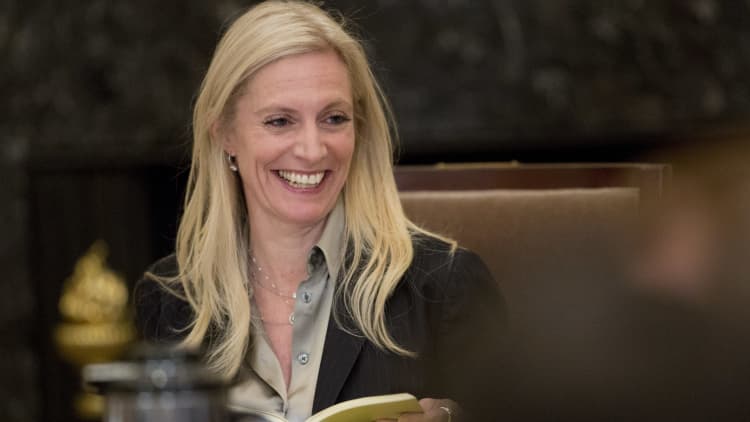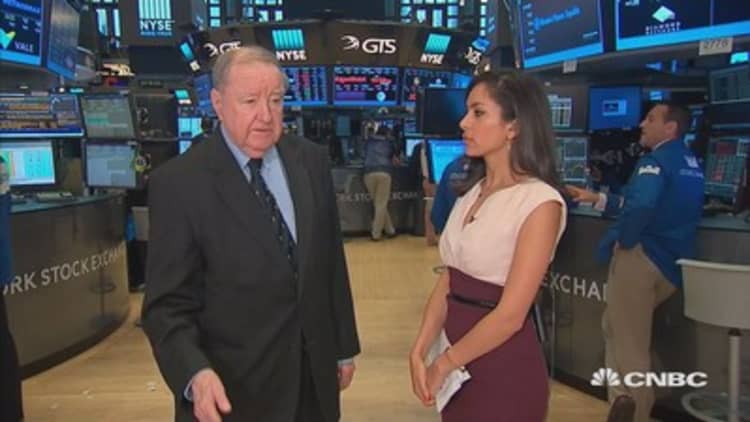
The Federal Reserve likely will act "soon" to begin running off its $4.5 trillion bond portfolio as long as the economy cooperates, central bank Governor Lael Brainard said in a speech Tuesday.
Brainard, however, added a dovish note to her prediction for balance sheet normalization — that the Fed may "not have much more" to do in terms of rate hikes. Traders currently are assigning about a 50 percent chance that the Fed will hike again in December.
Her comments are particularly relevant because she is considered a close ideological ally of Fed Chair Janet Yellen.
"In light of recent policy moves, I consider normalization of the federal funds rate to be well under way," Brainard said, according to remarks she is to deliver at a New York Fed conference. "If the data continue to confirm a strong labor market and firming economic activity, I believe it would be appropriate soon to commence the gradual and predictable process of allowing the balance sheet to run off."
The balance sheet is a $4.5 trillion compilation of bonds the Fed purchased to rescue the economy from the throes of the financial crisis. When bonds mature, the Fed has been reinvesting the proceeds.
However, in recent weeks central bank officials have detailed plans to start running off the balance sheet, without giving a date when the process will begin. Essentially, the Fed will set caps of how much it will allow to run off and reinvest the rest.
Brainard's comments appear to confirm a widely held belief that the Fed will begin the balance sheet operations in September, or perhaps sooner. The policymaking Federal Open Market Committee also meets in July.
However, it is an open question about how aggressive it will be when hiking rates.
After taking its benchmark funds rate to near-zero during the crisis, the Fed started raising in December 2015 to a total of four increases. The current funds target is 1 percent to 1.25 percent.
Considering the low level of inflation — currently running around 1.4 percent — Brainard said the Fed is near its effective "neutral rate" in which it is neither stimulating nor restraining the economy. She considers the real neutral rate goal — the funds rate minus inflation — to still be near zero.
In that light, she said, the Fed may be close to halting rate hikes.
"In my view, the neutral level of the federal funds rate is likely to remain close to zero in real terms over the medium term," Brainard said. "If that is the case, we would not have much more additional work to do on moving to a neutral stance."
"I will want to monitor inflation developments carefully, and to move cautiously on further increases in the federal funds rate, so as to help guide inflation back up around our symmetric target," she added.
Brainard's comments come ahead of this week's testimony that Yellen will deliver to Congress on Wednesday and Thursday.
Watch: Cashin on thin market



